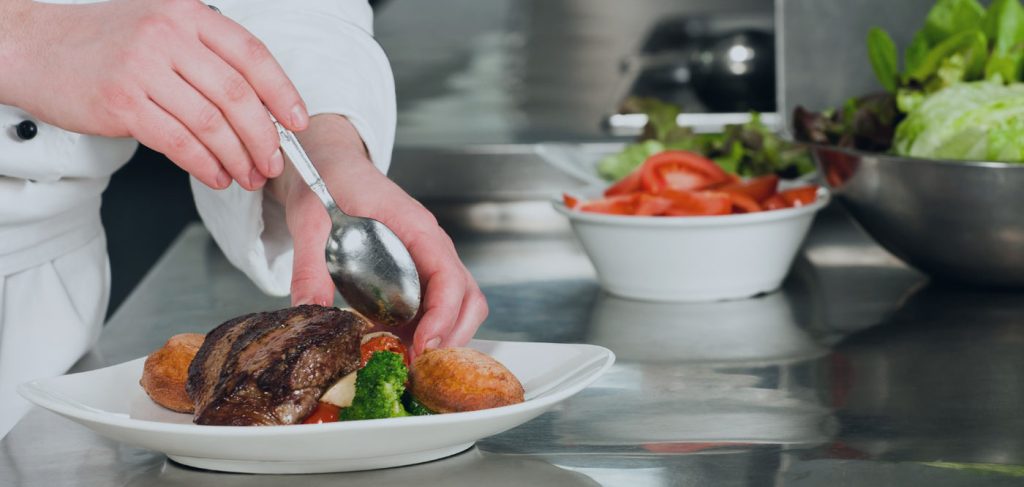Mastering essential cooking techniques is a crucial step for any home chef aiming to elevate their culinary skills and create delicious, restaurant-quality meals. These fundamental methods form the backbone of cooking, enabling you to tackle a wide variety of recipes with confidence and creativity. One of the most basic yet indispensable techniques is knife skills. Proper knife handling not only ensures safety but also improves efficiency and precision in the kitchen. Learning how to chop, dice, julienne, and mince vegetables uniformly can significantly enhance the texture and presentation of your dishes. Investing in a good quality chef’s knife and practicing these cuts will make meal preparation faster and more enjoyable. Sautéing is another vital technique that every home chef should master. This method involves cooking food quickly in a small amount of oil over high heat, which helps to develop rich flavors and maintain the texture of ingredients. Sautéing is perfect for vegetables, meats, and seafood, allowing you to create everything from stir-fries to elegant sauces. The key to successful sautéing is ensuring the pan is hot enough to sear the food, creating a flavorful crust without overcooking the interior.

Roasting is a dry-heat cooking method that enhances the natural flavors of food through caramelization. Perfect for meats, vegetables, and even fruits, roasting involve cooking food in an oven at high temperatures. Mastering this technique can transform simple ingredients into deeply flavorful dishes with minimal effort. Understanding the principles of even cooking, such as spacing food properly on the baking sheet and knowing the correct temperatures for different foods, is essential for achieving perfect results. Simmering and braising are slow-cooking techniques that allow flavors to meld and develop over time. Simmering involves cooking food in liquid at a temperature just below boiling, ideal for soups, stews, and sauces. Braising combines both dry and moist heat by first searing food at high temperatures and then cooking it slowly in a covered pot with some liquid. This method is perfect for tougher cuts of meat, resulting in tender, flavorful dishes. Another critical technique is baking, a dry-heat method used for preparing bread, pastries, and desserts.
Understanding the science behind baking, such as the role of leavening agents, the importance of precise measurements, and the effects of temperature on ingredients, is crucial for successful outcomes. Practicing basic recipes and gradually experimenting with more complex ones can help you develop confidence in your baking abilities. Grilling is a popular technique, especially for outdoor cooking, that imparts a smoky flavor to food. Mastering grilling involves controlling the heat, managing flare-ups, and knowing the right techniques for different types of food, whether you are cooking vegetables, meats, or seafood. Learning how to properly marinate and season your food before grilling can enhance the final taste and texture. Finally, understanding the art of seasoning and balancing flavors is fundamental to great cooking. Learning how to use salt, herbs, spices, and acids effectively can elevate any dish, making it more vibrant and satisfying. Taste your food as you cook and adjust the seasoning to achieve a harmonious balance of flavors.




